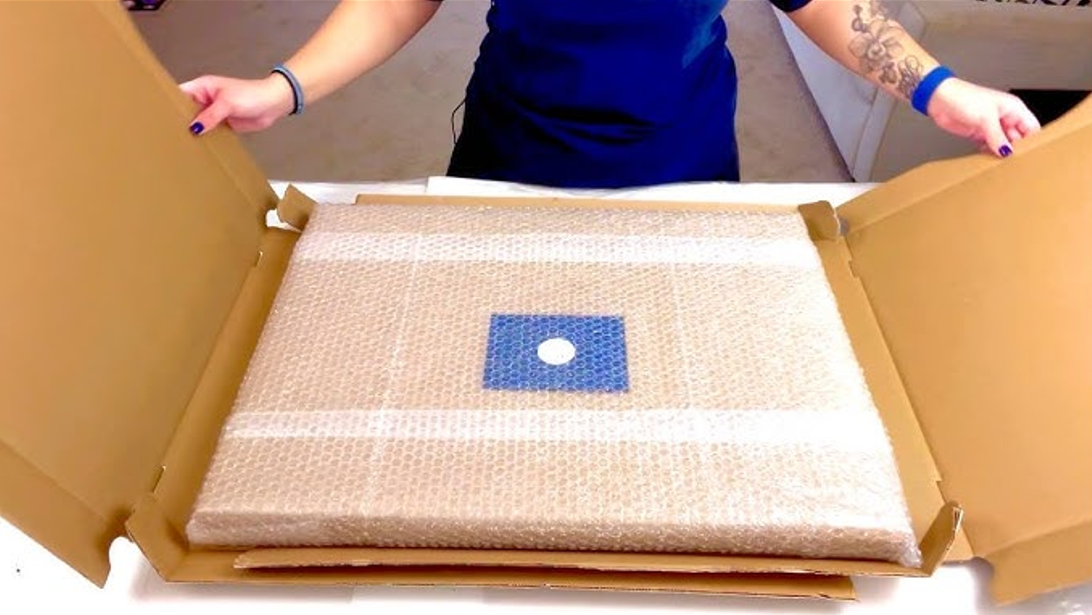
Moving valuable artwork requires special attention to protect your investment. Many homeowners don’t realize that improper packing can lead to irreparable damage during transport. Working with a leading moving team in San Bruno can provide expertise and proper materials for safely relocating your art collection. This guide outlines essential techniques for protecting paintings during your move, from selecting appropriate packing materials to properly handling these fragile items throughout the moving process.
Choosing the Right Packing Materials
When packing paintings for moving, selecting appropriate materials is crucial for safe transport. Start with acid-free packing paper to wrap the paintings, protecting them from moisture and acidity that could harm the artwork. Next, use bubble wrap for cushioning and shock absorption during transit, with bubbles facing outward to shield the painting from impact. For additional protection, incorporate corrugated cardboard or foam board to create sturdy backing. Secure all wrapping with painter’s tape, being careful to avoid contact with the painting’s surface. Finally, label packages as fragile and mark the correct orientation to prevent mishandling. These material choices form the foundation of proper painting protection.
Securing the Paintings for Transit
Paintings need proper securing techniques during transit to prevent damage. Use adjustable straps or ropes to anchor paintings against the inner walls of the moving vehicle, preventing shifting or sliding. Apply corner protectors made of foam or cardboard to shield delicate frame corners from impact damage. Place foam padding between multiple paintings to prevent them from making contact and causing scratches or other damage. Position all paintings upright rather than stacking them to avoid unnecessary pressure. These securing methods ensure paintings arrive at their destination in the same condition they left.
Properly Wrapping and Cushioning Artwork
Begin by carefully covering the artwork with acid-free paper to protect against dust and scratches during the moving process. This paper creates a protective barrier without causing chemical reactions that might damage the artwork. Next, apply bubble wrap for cushioning, placing it around the artwork with bubbles facing outward to absorb impact during transport. Secure the bubble wrap with tape, being careful not to wrap too tightly and create pressure on the artwork. Finally, place the wrapped artwork between two sturdy cardboard pieces and secure them together. This method provides optimal protection throughout the moving process.
Packing Paintings in Moving Boxes
After wrapping and cushioning, securely pack paintings in appropriate moving boxes. Select sturdy, corrugated cardboard boxes slightly larger than the artwork to allow space for additional cushioning. Line the box bottom with bubble wrap or foam pads before placing the wrapped painting inside. Fill any remaining spaces with packing peanuts or additional bubble wrap to prevent movement during transit. Seal the box thoroughly with quality packing tape, ensuring all seams are closed securely. Label each box clearly as fragile and indicate the correct orientation to maintain proper handling during transportation.
Labeling and Handling Fragile Items
Clear labeling and careful handling are essential for protecting paintings during moves. Mark boxes with “Fragile” in large, bold letters that are immediately visible. Include directional instructions such as “This Side Up” to prevent improper positioning. Consider using color-coded labels or stickers to help movers quickly identify particularly delicate items amid moving chaos. When handling these items, lift with care and avoid sudden movements. Use proper lifting techniques—bending at the knees while keeping the back straight—to prevent accidental drops. Thoughtful labeling combined with gentle, attentive handling provides the final layer of protection for your valuable artwork.
Related Topics:
